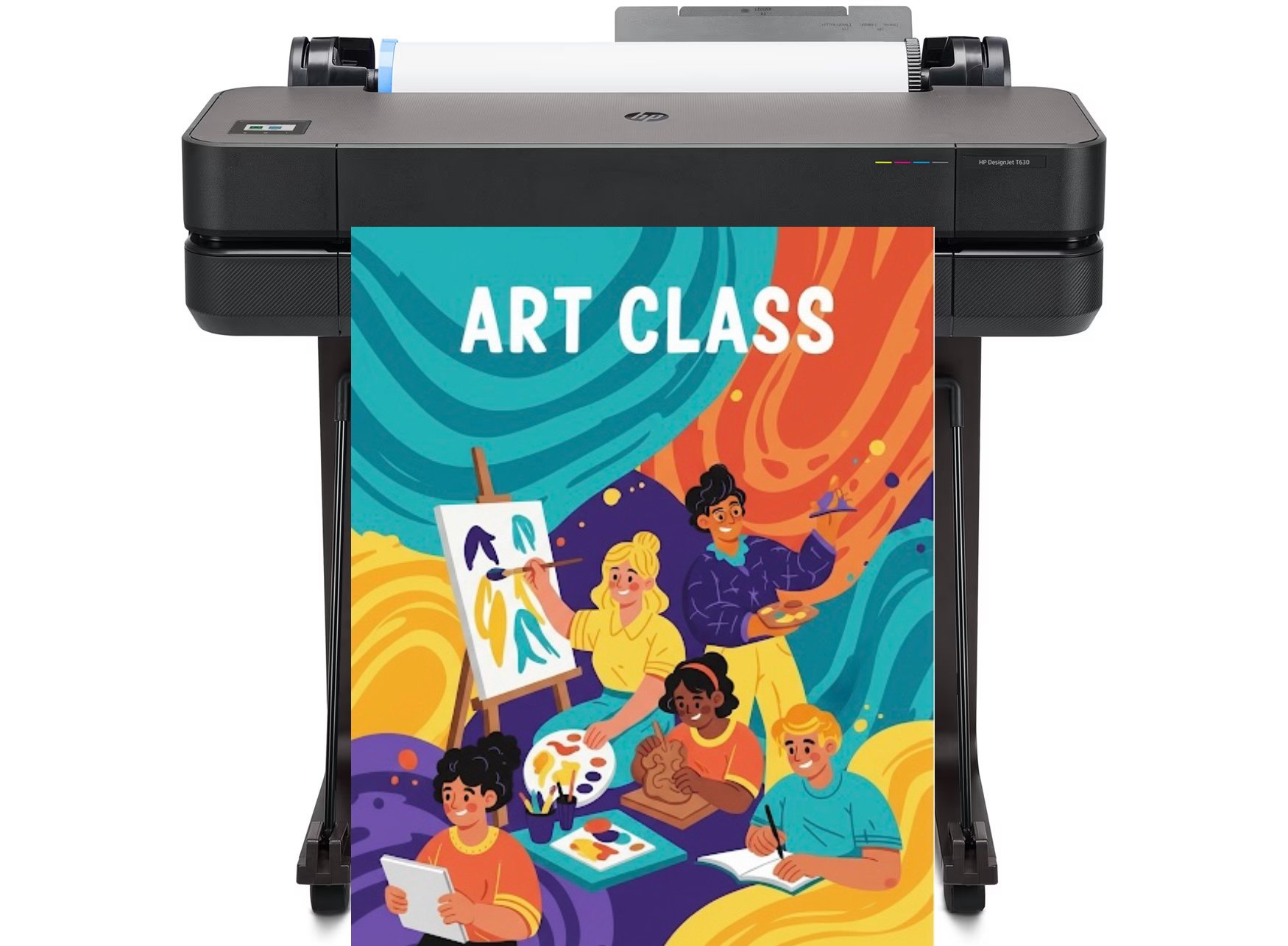
DISCOUNTED EDUCATION PRICING! CALL 1-877-891-8411. We Gladly Accept School Purchase Orders!

For decades, classrooms looked the same: rows of desks, a single lesson, one pace for everyone. But students aren’t identical. Some need more time, others are ready to accelerate, and still others learn best through visuals, collaboration, or hands-on projects.
That’s why schools around the world are shifting toward personalized learning—an approach that puts the student, not the system, at the center. But what does personalized learning in schools really mean? Does it actually boost outcomes, and how can schools adopt it without overwhelming teachers?
Let’s explore.
At its core, personalized learning means adapting instruction to meet each student’s unique strengths, needs, and goals. Unlike the “one-size-fits-all” model, it allows flexible pacing and varied learning pathways.
Think of it like tailoring a suit: the fabric (curriculum) may be the same, but the fit is unique to each learner.
Classrooms are increasingly diverse—not just culturally, but academically. In a single room, teachers may have advanced learners, English language learners, and students with special needs. Traditional models leave someone behind. That’s where personalized learning comes in.
📊 Data Point: A RAND Corporation study of schools funded by the Gates Foundation found that personalized learning approaches led to higher math and reading scores than traditional models.
The big question: is it a buzzword or a proven approach?
At a middle school in North Carolina, teachers introduced flexible math groups supported by adaptive software. Struggling students got daily practice at their level, while advanced students worked on complex problem-solving projects. After two years, the school’s math proficiency rates rose by 22%, closing long-standing achievement gaps.
Implementing personalized learning doesn’t mean reinventing the wheel. It’s about layering new strategies onto what schools already do well.
Pilot in one grade or subject before scaling schoolwide.
Adaptive software, poster makers, and digital portfolios give students creative ways to show learning.
Flexible spaces allow for collaboration, independent work, and small-group instruction.
Provide ongoing professional development. Teachers become coaches and guides, not just lecturers.
Encourage goal-setting, reflection, and self-assessment. Ownership leads to deeper learning.
While the benefits of personalized learning are clear, implementation is not without challenges. Limited resources, resistance to change, and the need for teacher training can pose barriers. To address these:
Technology is often the engine behind personalized learning, but it’s not about handing kids tablets and walking away.
👉 Pro Tip: Tech should enhance relationships, not replace them. The magic of personalized learning comes from the teacher-student connection.
Solution: Use collaborative planning and shared resources to lighten the load.
Solution: Secure grants, use community partnerships, and ensure students have device/internet access at home.
Solution: Blend traditional assessments with portfolios, projects, and student presentations.
Solution: Communicate clearly with parents and staff about benefits and outcomes.
Q1: Is personalized learning only for high achievers?
No. It’s equally effective for struggling students, English learners, and those with special needs.
Q2: Does personalized learning mean more screen time?
Not necessarily. Many strategies—like choice boards, project-based learning, or student-designed posters—are offline.
Q3: Can small schools adopt it?
Yes. Personalized learning can be as simple as flexible grouping or goal-setting exercises.
Q4: What’s the difference between personalized and differentiated learning?
Q5: How do teachers measure growth?
Through dashboards, portfolios, self-reflection journals, and formative assessments.
The rise of AI and adaptive tools is pushing personalized learning forward. Imagine this classroom of the future:
The takeaway? Personalized learning isn’t a passing trend. It’s the roadmap for the classrooms of tomorrow.
Personalized learning redefines education: from uniform lessons to customized pathways where every student thrives.
Personalized learning is more than a trend—it’s a paradigm shift that aligns education with the realities of the 21st century. In a world where adaptability, creativity, and critical thinking are paramount, personalized learning equips students with the tools to succeed not just in school, but in life. By starting small, using technology strategically, and empowering students to take charge of their learning, schools can create environments where every student’s potential is unlocked.
Education has always been about opening doors to opportunity. Personalized learning ensures those doors are wide open for every student, regardless of their starting point. By moving away from standardized models and embracing tailored pathways, we can create a future where no student is left behind—and no student is held back. The journey to personalized learning begins with a single step, and its impact will resonate for generations to come.
Education has long been a cornerstone of human progress, designed to unlock the unique potential within every individual. Yet, traditional education systems, with their one-size-fits-all approach, often struggle to meet the diverse needs of students. Personalized learning is redefining this landscape, moving away from uniform lessons to tailored educational pathways that empower every student to thrive. By embracing customization, leveraging technology thoughtfully, and prioritizing student agency, schools can transform into dynamic environments where students evolve from mere test-takers into passionate, lifelong learners.